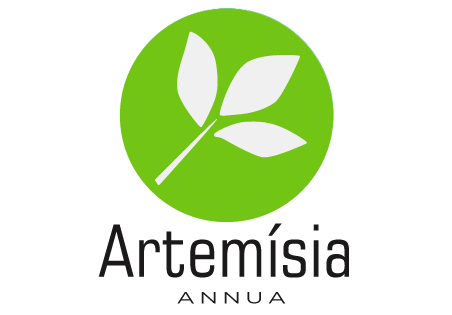LA CHINE A ÉLIMINÉ LE PALUDISME AVEC ARTEMISIA

C'est officiel : la Chine a éliminé le paludisme.
L'Organisation mondiale de la santé (OMS) certifie maintenant que la Chine est exempte de paludisme, après un effort de plusieurs décennies qui a généré environ 30 millions de cas dans les années 1940, dont 300 000 décès, à zéro en 2017. En cours de route, la Chine a développé de nouveaux des techniques de surveillance, des médicaments et des technologies pour briser le cycle de transmission entre les moustiques anophèles qui propagent les parasites du paludisme et les humains.
Les efforts antipaludiques ont commencé dans les années 1950 avec des programmes de distribution de médicaments antipaludiques aux personnes à risque, de réduction des sites de reproduction des moustiques et de pulvérisation d'insecticides. La Chine a lancé un programme visant à identifier de nouveaux médicaments antipaludiques à la fin des années 1960. Dans le cadre de cet effort, le chimiste pharmaceutique Tu Youyou a examiné des mélanges de médecine traditionnelle chinoise à la recherche de composés actifs contre le paludisme, isolant finalement l'artémisinine de l'absinthe sucrée (Artemisia annua). L'artémisinine est devenue le principal composé des médicaments de première ligne désormais utilisés contre le paludisme et a remporté le prix Nobel de physiologie ou médecine pour vous en 2015. La Chine a également été l'un des pays pionniers dans l'utilisation des moustiquaires imprégnées d'insecticide en médecine. années 1980.
Le nombre annuel de cas a diminué au fil des ans, atteignant environ 5 000 par an à la fin des années 1990. En 2012, le pays a commencé un effort pour éliminer le paludisme avec une stratégie « 1-3-7 », permettant aux établissements de santé locaux 1 jour pour signaler un diagnostic de paludisme, 3 jours pour enquêter sur le cas et 7 jours pour mettre en œuvre des contre-mesures. Ces dernières années, des scientifiques chinois ont développé des approches génétiques pour dépister la résistance aux médicaments et distinguer les cas indigènes des cas importés.
Sources:















































